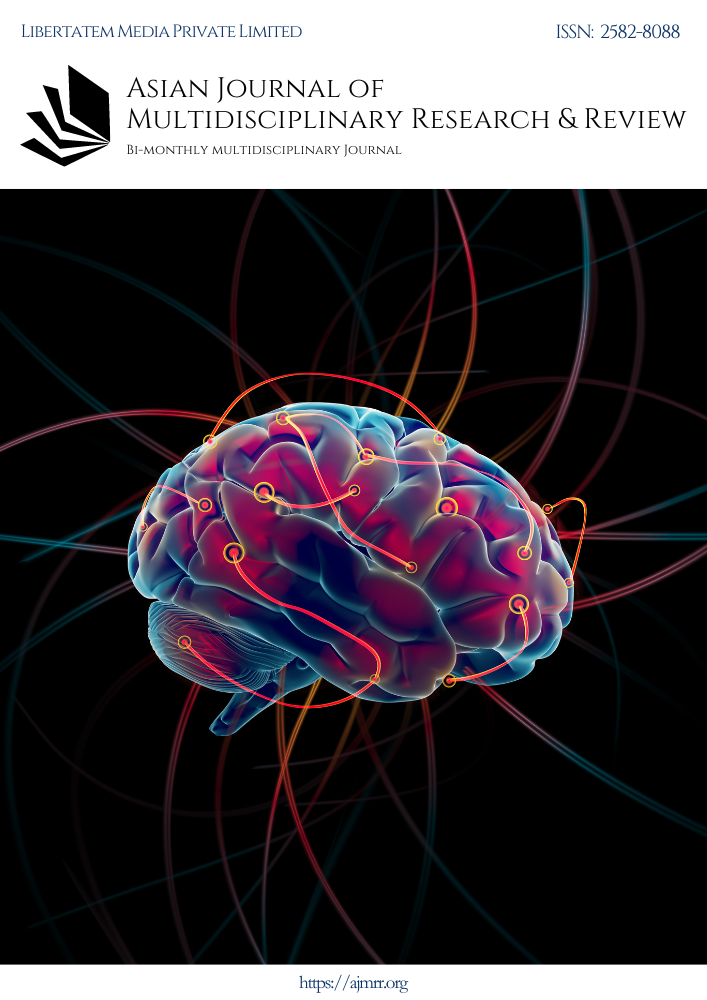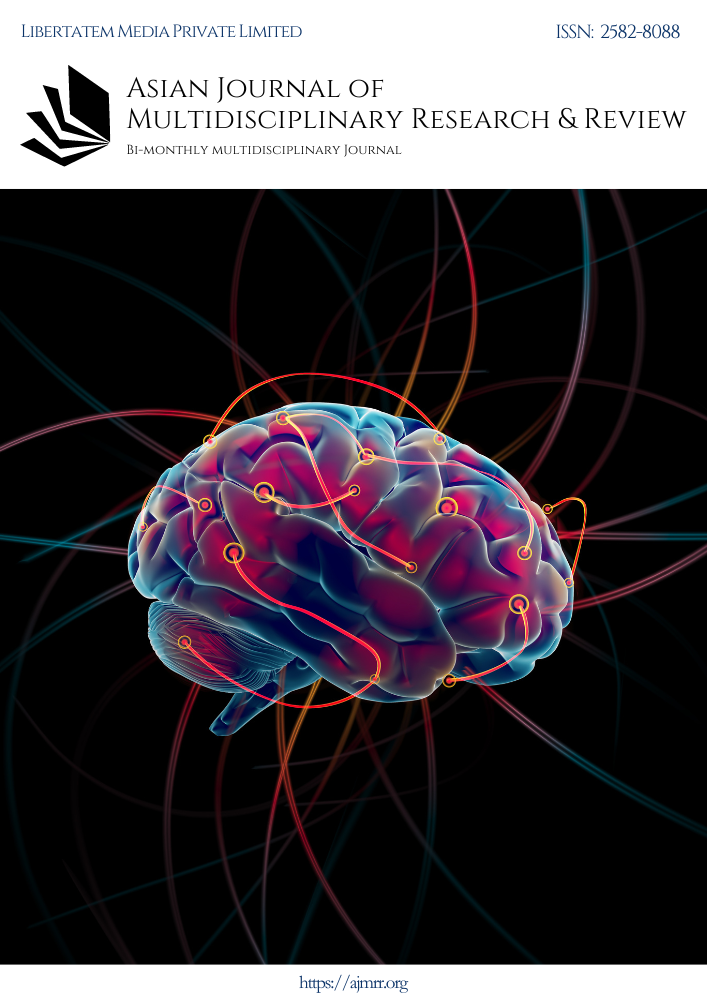SUBSTITUTED AUTHOR, INVOLVED READER AND ALL-PERVASIVE TEXT: A POSTMODERNIST READING OF ITALO CALVINO’S IF ON A WINTER’S NIGHT A TRAVELLER
Abstract
In the realm of Postmodern thought, there is a marked shift from the pre-existing dominance of the author to the all- pervasive ubiquity of the text. The text is no more seen as an entity that is the sole creation of the author-god, the uncontested creative genius. It is, on the contrary, a construct in language. The author remains no more than a “shaman” (as Roland Barthes would have it), a mediator through which the infinite play of language precipitates into the text. In this arena of shifting perspectives, it is also found that it is not the author who renders meaning to the text; rather, it is the reader who gives meaning to the text through his act of reading.
In the Postmodern realm, the author is no more the creator of the text, rather is only a medium through which language precipitates into the text. The importance rather shifts to the reader who through his act of interpretation renders meaning to the text which readily defies the meaning implied by the omniscient author. In this postmodernism-induced arena of shifting perspectives, language is given supreme importance as the text is constructed in language and there is “no outside text” (Derrida 158). Based on these precepts, this article intends to examine Calvino’s magnum opus If on a Winter’s Night a Traveller in the light of the above-mentioned postmodern concepts and to establish the text as a representative work of postmodernity.
Downloads
Downloads
Published
Issue
Section
License

This work is licensed under a Creative Commons Attribution-NonCommercial-ShareAlike 4.0 International License.
License Terms
Ownership and Licensing:
Authors of research papers submitted to the Asian Journal of Multidisciplinary Research & Review (AJMRR) retain the copyright of their work while granting the journal certain rights. Authors maintain ownership of the copyright and grant the journal a right of first publication. Simultaneously, authors agree to license their research papers under the Creative Commons Attribution-ShareAlike 4.0 International (CC BY-SA 4.0) License.
License Permissions:
Under the CC BY-SA 4.0 License, others are permitted to share and adapt the work, even for commercial purposes, as long as proper attribution is given to the authors and acknowledgment is made of the initial publication in the Asian Journal of Multidisciplinary Research & Review. This license allows for the broad dissemination and utilization of research papers.
Additional Distribution Arrangements:
Authors are free to enter into separate contractual arrangements for the non-exclusive distribution of the journal's published version of the work (e.g., posting it to institutional repositories or publishing it in books), provided they acknowledge the initial publication of the work in the Asian Journal of Multidisciplinary Research & Review.
Online Posting:
Authors are encouraged to share their work online (e.g., in institutional repositories or on personal websites) both prior to and during the submission process to the journal. This practice can lead to productive exchanges and greater citation of published work.
Responsibility and Liability:
Authors are responsible for ensuring that their research papers do not infringe upon the copyright, privacy, or other rights of any third party. The Asian Journal of Multidisciplinary Research & Review disclaims any liability or responsibility for any copyright infringement or violation of third-party rights in the research papers.



